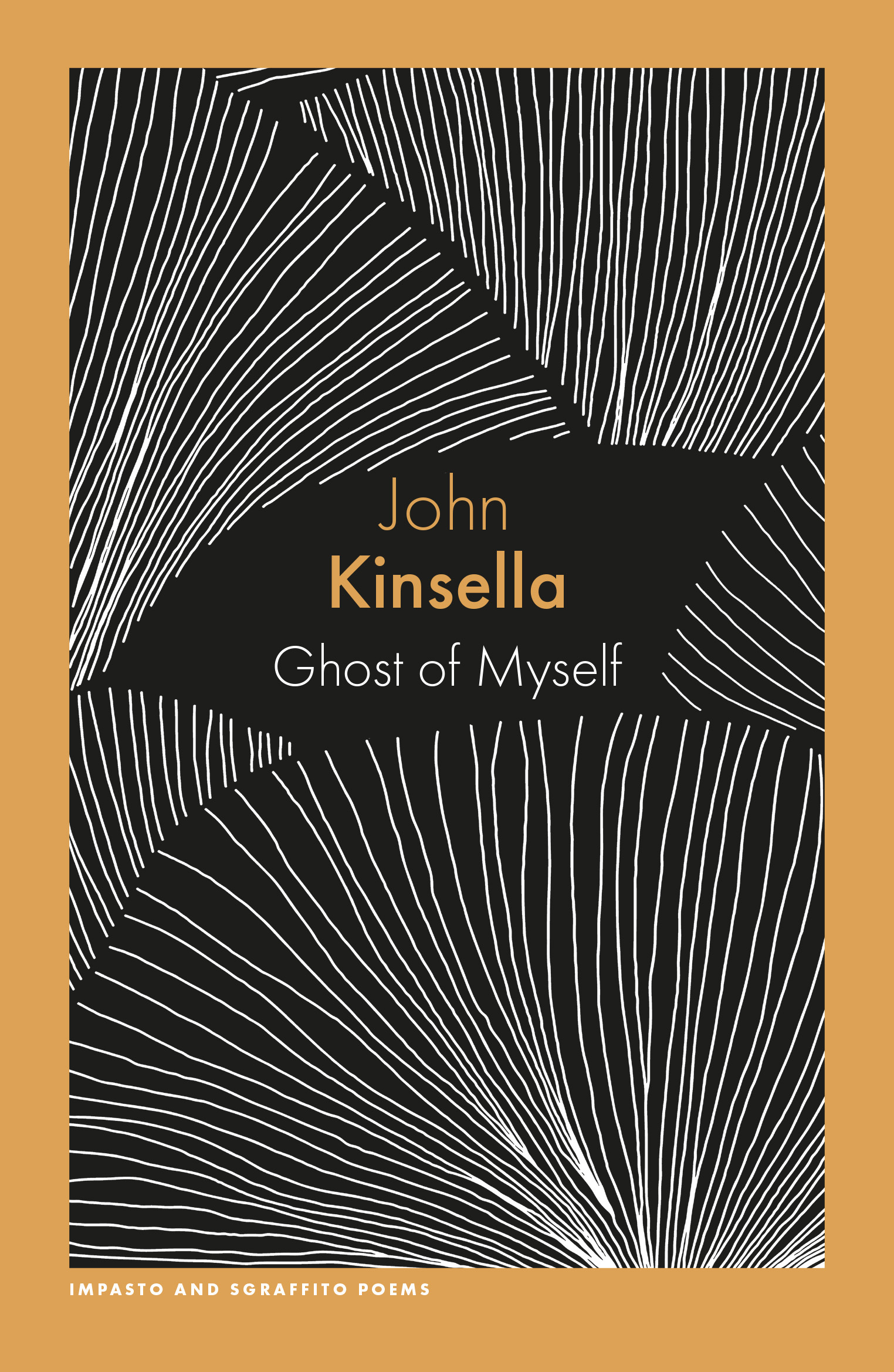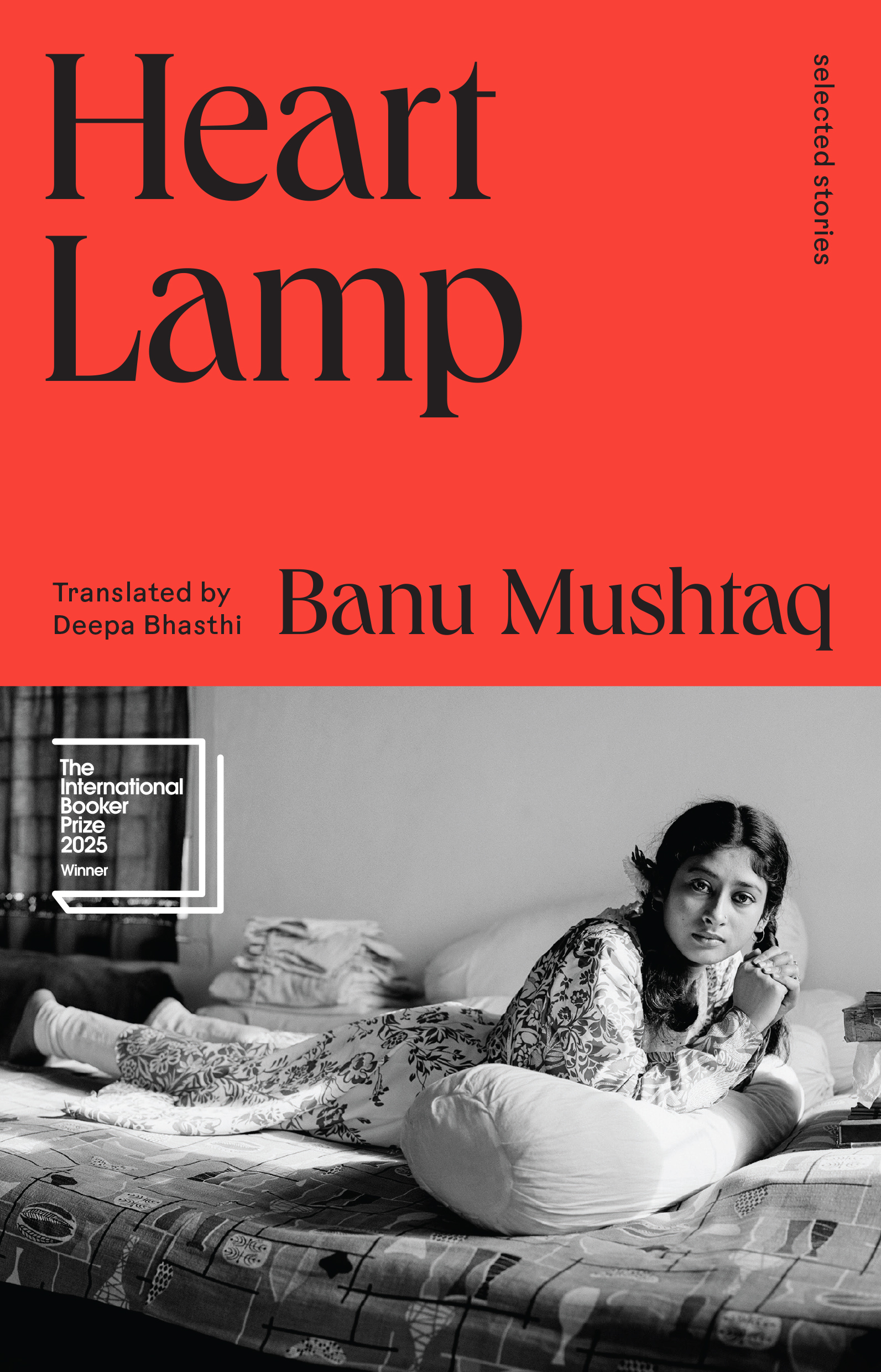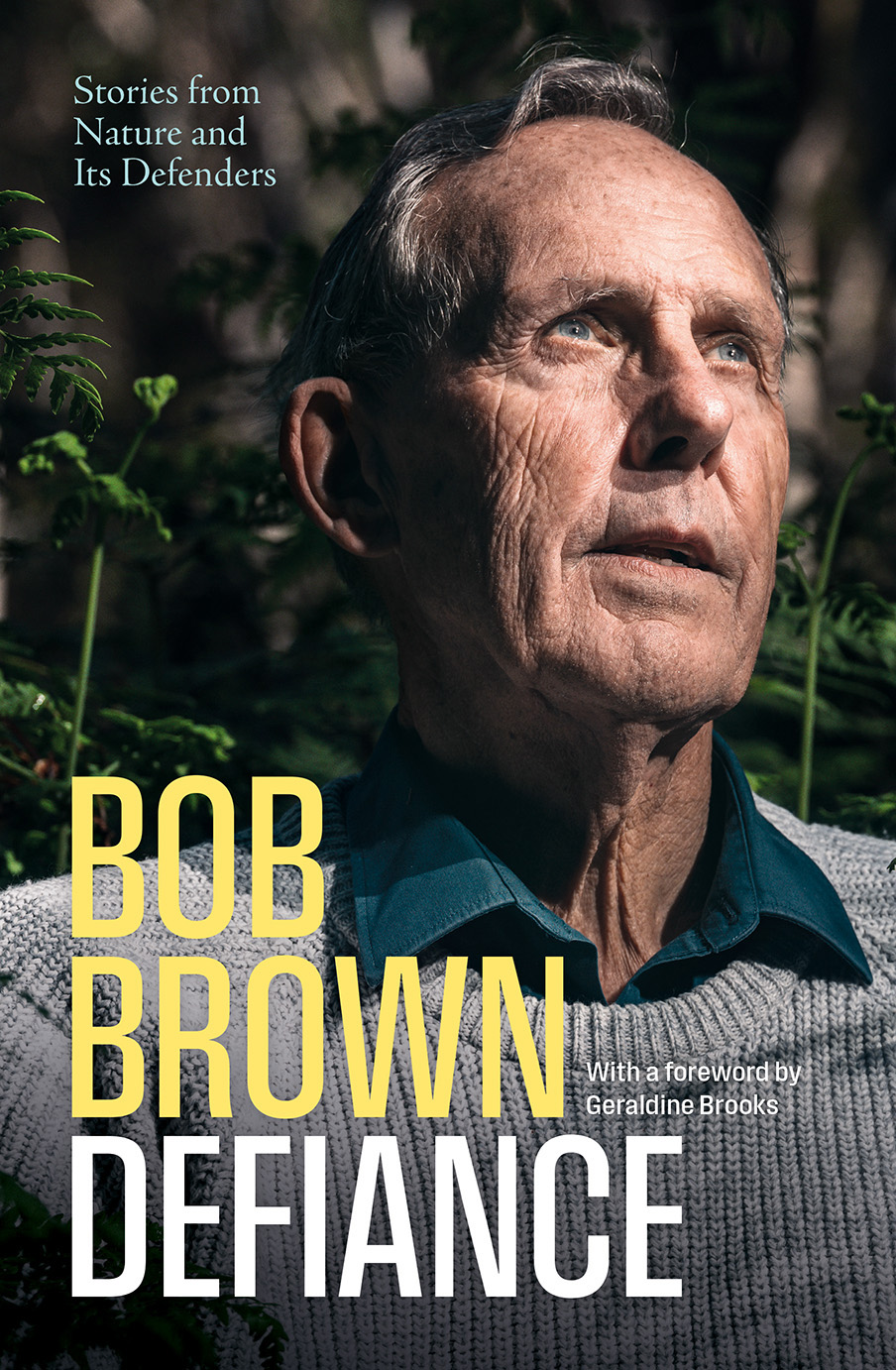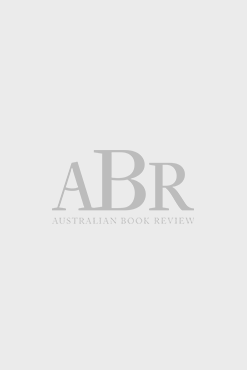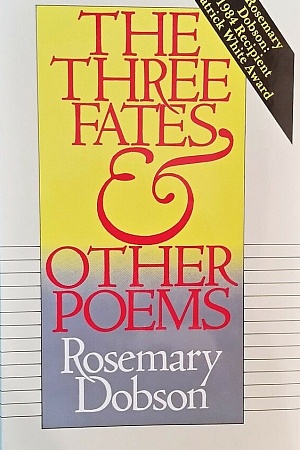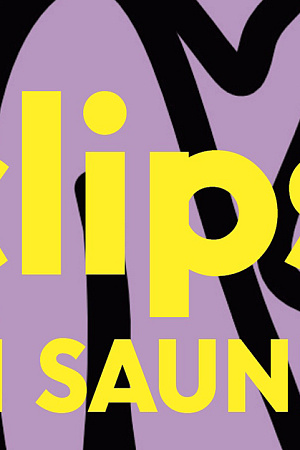ABR receives a commission on items purchased through this link. All ABR reviews are fully independent.
End-of-days tenor
As someone whose primary literary interest is Aboriginal writing, reviewing John Kinsella’s aptly titled Ghost of Myself means approaching his poetry with a different perspective from many of his readers. The coolness of the writing, combined with the sombreness of much of his observation of the world around him, gives an end-of-days tenor to the four sections that comprise Ghost of Myself.
Kinsella’s repeated invocation of ghosts is significant. Many coastal-dwelling Aboriginal nations used specific nouns for ghosts to situate the first white colonisers appearing in an Aboriginal world. Within the northern New South Wales community I grew up in, the term ‘Dugai’ was still used to refer to whites in the 1960s. There was nothing derogatory about it: the corollary of Dugai was Goorie for non-whites. The late Mudrooroo utilised these concepts in Master of the Ghost Dreaming (1991), set in post-invasion Australia, where the shaman Jangamuttuk dreams a ceremony that will release his people from the land of the ghosts: ‘Our spirits roam the realm of the ghosts – an unfriendly land where trees and plants, insects and serpents, animals and humans wither and suffer.’
Continue reading for only $10 per month. Subscribe and gain full access to Australian Book Review. Already a subscriber? Sign in. If you need assistance, feel free to contact us.
ABR receives a commission on items purchased through this link. All ABR reviews are fully independent.

